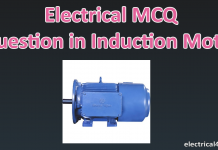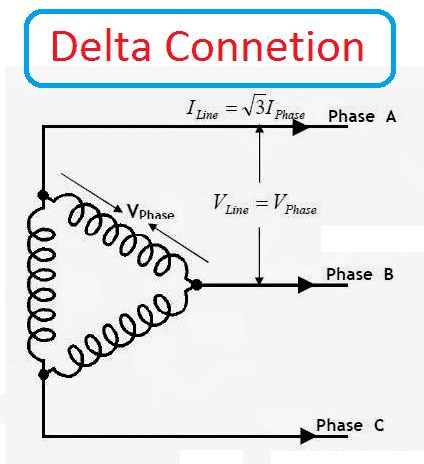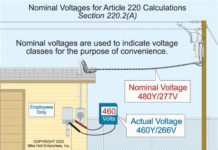What is The Purpose of ferrite core in Cables:?
Ferrite cores are used to filter high frequency noise signal from the data signal or we can say it as noise suppression components and Ferrite cores are used to reduce common mode current.
Ferrite cores are nothing but a types of magnetic core made of ferrite material (mixing and firing large proportions iron(III) oxide (Fe2O3, rust) blended with small proportions of one or more additional metallic elements, such as barium, manganese, nickel, and zinc). Ferrite cores are having high magnetic permeability, low losses in high frequency and low conductivity. This is the property is used to reduce the noises and common mode currents.
Note: Permeability is defined as ability to absorb the magnetic field.
[wp_ad_camp_2]
What is The Purpose of ferrite core in Cables:
Now consider a cable passes through the ferrite core and which carries both noise signal and data signal. The magnetic field generates throughout the cable. The magnetic field is absorbed by the ferrite core and which converts magnetic energy in to heat energy. Here the magnetic flux of the noise current can be reduced with the help of ferrite core.
How ferrite core reduces common mode current:
Common mode current is the current which is developed in the two conductor which carries equal and opposite current with the significance of distance. If the distance between the conductor is high then there is no common mode current, here the electric and magnetic field in the wire cancels each other. Example twin lead cable which is used in telephone signal tower.
Example:

Refer the Image. In that, The two currents are Ia and Ib. here the Ib current is equal and opposite to the Ia current (Ib=-Ia). That is, the currents are equal and opposite, the magnetic field induced by each current exactly cancels in the core. If there’s no magnetic field, then there’s no inductance, and so no added impedance.
To reduce the common mode current, the conductor is clamped into the ferrite core to form an inductor. Any current in A will induce a magnetic field in the core, just like an ordinary inductor. Thus, you get an increasing impedance with increasing frequency, just as you would with any inductor. Thus, this arrangement, called a common mode choke, presents a high impedance to common-mode currents, and a low impedance to differential-mode currents. The high impedance of the choke prevents significant common-mode currents from developing, and the ferrites for these applications are designed to be lossy, so common-mode voltages are mostly converted to heat in the core.
[wp_ad_camp_2]
Core saturation is the issue. Ferrite cores saturate in a lower H-field than (say) silicon steel core laminates. Ferrite cores are used in high power buck converters up to many amps – they are passing DC – that’s a lot lower frequency than 50 Hz.
There is nothing intrinsic about ferrites that make them a bad choice at very low frequencies. On the other hand, there are plenty of things you need to take care of when choosing a ferrite for a 2 MHz application.
Also see:
- Why Capacitor and Inductor are used in Filtering Circuit
- Why Inductor Has Lagging Power Factor
- Why Inductors Use In Filtering Circuit and VFDs
- What happens if DC supply given to the Inductor
- Why DC Does Not Have Power Factor ?
- Working Function of Radio meter
- What is Power Factor & Power Triangle
- What Is Resistance? Resistive of the Resistor & One Ohm Resistance
- Why in India 11kV, 22kV, 33kV, 66kV, 132kV…
- Why India has 50 Hz Power System and US has 60 Hz 110 Volts Power System
- Why line chokes are used in VFD




![Why Synchronous Motor is Not Self Starting [Simple Explanation]](https://electrical4u.net/wp-content/uploads/2020/06/Synchronous-motor-is-not-self-starting-218x150.png)



